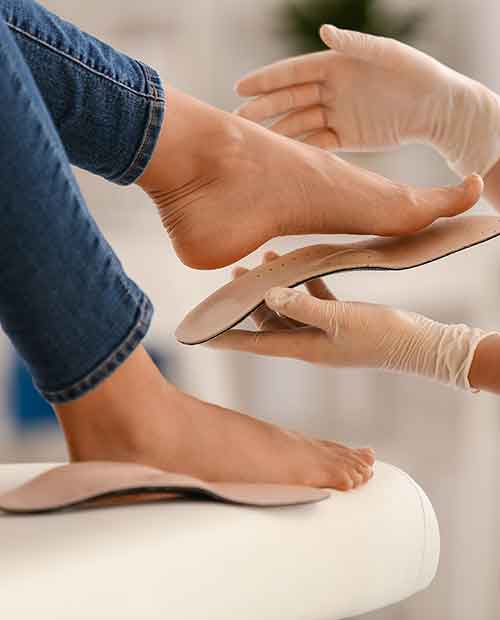Eliminate Heel Pain and Get Back on Your Feet
Heel pain can be incredibly frustrating, disrupting your daily activities and making every step a
struggle.
Your heel pain may result from:
- Plantar Fasciitis: The sharp heel pain, particularly felt in the morning, might be due to this condition. It's caused by stress on the plantar fascia, the tissue that runs along the underside of your foot. But don't worry, we've got ways to address it.
- Achilles Tendonitis: If your heel pain intensifies after physical activity, you might be dealing with inflammation of the Achilles tendon. This condition often affects long-distance runners and those who have intense workout sessions.
- Sever's Disease: Mostly seen in adolescents, it occurs when the heel bone matures faster than the Achilles tendon. It leads to discomfort at the back of the heel, typically triggered by physical activity.
We have many effective solutions that can get you back to living your active, healthy life again.
Our non-surgical, conservative treatment options are often successful in managing these conditions. Your treatment plan might include some downtime (rest), applying ice, taking medication, doing stretches, participating in physical therapy, making changes to your footwear, using orthotic devices, and even corticosteroid injections.
Laser therapy can also help with heel pain, stimulating cellular growth and repair without surgical intervention.
And we want to help you prevent heel pain from recurring. We’ll discuss tailored maintenance options that may include:
- Making sure your footwear is right for your activities and gives you ample support and cushioning
- Easing into new routines gradually
- Warm-ups and stretching exercises
- Benefits of cross-training to help reduce the stress on your feet and heels

